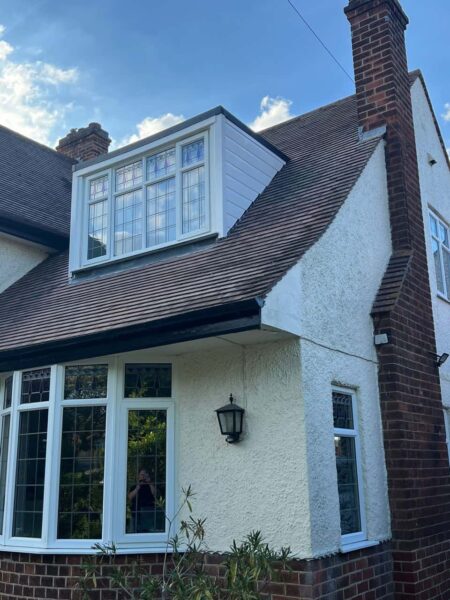Why Commercial Roofs Need a Different Strategy Than Residential
Introduction
Roofing might seem like a one-size-fits-all job—but the truth is, commercial and residential roofs demand completely different approaches. From the materials used to the methods of installation, each project comes with its own set of requirements, challenges, and expectations. Overlooking these differences can result in poor performance, unnecessary costs, and premature failure.
At NGF Roofing Brixworth, we understand the distinct needs of commercial properties across Northamptonshire. In this blog, we’ll outline why a tailored strategy is essential for commercial roofs and how our expert services ensure long-lasting, practical solutions for business premises.
Key Takeaways
Commercial roofs require different materials, design, and maintenance
Flat roofs, load demands, and access considerations are key differences
NGF Roofing Brixworth provides expert commercial and residential roofing solutions tailored to each property’s unique needs
Key Differences Between Commercial and Residential Roofs
Though both roof types serve the same basic function—protection from the elements—their structural characteristics and use cases are vastly different. Let’s explore how they diverge.
1. Roof Design and Structure
Residential roofs are typically pitched, offering quick water runoff and a more decorative design. In contrast, commercial roofs are often flat or low-sloped to accommodate HVAC units, solar panels, and walkways.
Commercial roof features:
- Larger surface areas
- Flat or low-pitch profiles
- Integration of mechanical equipment
- Multi-layer construction systems
These elements demand a more engineered approach, factoring in weight distribution, drainage, and long-term performance.
2. Materials Used
The material requirements for commercial buildings differ greatly from those of homes. Residential roofing tends to use tiles, slates, or shingles for visual appeal and modest insulation needs. Commercial roofing prioritises durability, waterproofing, and efficiency across larger areas.
Typical commercial materials include:
- EPDM rubber
- PVC or TPO membranes
- Felt and bitumen systems
- GRP fibreglass coatings
Each has unique advantages depending on the roof’s size, exposure, and the building’s usage.
3. Load-Bearing and Access Considerations
Commercial roofs are often expected to bear more than just weather. Equipment such as ventilation systems, satellite dishes, and even foot traffic must be factored into the design and construction.
Important considerations:
- Reinforced deck and support systems
- Safe access routes for maintenance teams
- Load-bearing calculations for heavy kit
- Provisions for fire safety and insulation compliance
This adds a layer of complexity that residential roofers may not be fully prepared for.
4. Maintenance and Lifecycle Expectations
Because of their scale and exposure, commercial roofs tend to face more demanding maintenance schedules. Small leaks or weaknesses can have a wider impact, especially in retail or production spaces.
Why regular checks matter:
- Early detection of water ingress saves money
- Seam failures or membrane shrinkage need swift repair
- Compliance with workplace standards may require professional inspection records
At NGF Roofing Brixworth, we offer scheduled maintenance plans tailored for commercial properties—an essential layer of protection that helps extend your roof’s lifespan.
Why You Need a Specialist Roofing Strategy
Choosing a roofer experienced in commercial systems ensures your project receives:
- A full understanding of structural regulations
- Proper material selection based on usage and exposure
- Precise installation techniques to avoid water pooling and structural stress
- Scalable planning for larger, more complex surfaces
A domestic-focused approach applied to a commercial roof can lead to poor drainage, inadequate insulation, and costly rework—not ideal when uptime is critical to your business.
Conclusion
Commercial roofing is not just “a bigger version” of residential roofing. It’s an entirely different discipline, with unique technical demands and expectations. From planning and materials to execution and maintenance, every aspect needs a strategic approach tailored to the building’s function and footprint.
At NGF Roofing Brixworth, we specialise in both commercial and residential projects, applying the right skills to the right setting. Whether you run a warehouse, office, or retail unit in Northamptonshire, trust us to deliver roofing solutions that meet the demands of your business—safely, efficiently, and built to last. Contact us today to discuss your commercial roofing needs with a local expert.
Call us on: 01604 279 696
Click here to find out more about NGF Roofing Brixworth
Click here to complete our contact form and see how we can help with your roofing needs.

